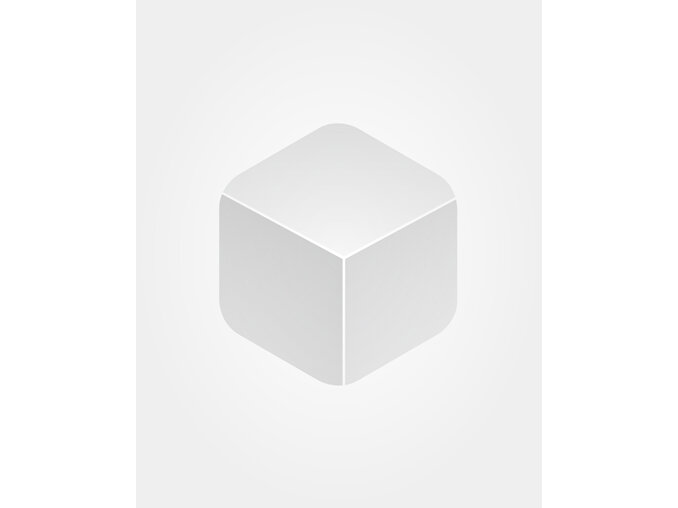Beachwheels NZ
Getting you outdoors, over any terrain, in all weather - go anywhere with Beachwheels NZ

The lifespan of a chair varies a lot depending on the amount of use and how it's looked after. A chair used in a public hire situation will have a much harder life than a privately owned chair used for occasional weekend trips.
The best way to find out the lifespan of a chair is to ask your supplier for warranty info, especially the frame. This will indicate how confident the manufacturer is on the lifespan of their product. Typical warranties vary from 1yr to 10yrs.
The lifespan of a beach wheelchair is a combination of 3 main parts
1. Frame: The frame is the most important part for long wheelchair lifespan. Wheels and fabric can be replaced but the frame forms most of the cost of the chair. There are 3 types normally used:
Stainless steel offers the longest lifespan often with 5 - 10 year warranties. Clamped parts aluminium chairs also have a long lifespan. Normally the aluminium has a protective coating applied. Welded aluminium chairs can suffer badly from corrosion as the welding process destroys the protective coating at the welded joints. The corrosion occurs internally so it’s hard to visually notice it's happening. Chairs can fall apart with very little warning. Accidents and injuries overseas have meant some countries such as the USA and Australia have introduced ‘Yearly Audit of Compliance’ of fitness to public hire chairs.
Always ask the manufacturer for the frame warranty.
2. Fabric: Privately owned chairs will have limited exposure to the elements, but chairs used in a public hire environment will be exposed to the sun and salt water on a daily basis. Some points to consider:
3. Balloon wheels: Balloon wheels work incredibly well on soft sand. Anyone who has driven a car on sand knows the importance of letting out air to reduce the tyre pressure. The combination of low tyre pressure and soft flexibility, wheel width and diameter are what makes balloon wheels work so well!
When choosing a chair ask how long the wheels will last, lead time and cost for replacements.
Firstly, consider if this a private chair for specific use or public for general use and the range of people who may use the chair. Chairs with seat height at health and safety regulation height will be easier to get in and out of on land. For chairs that sink with bodyweight a lower chair will allow the user to float off the chair at a shallower depth
Look at where you expect to use the chair. Look at the chair length and width. Longer chairs can be harder to turn than shorter chairs. Chairs with castors on the front wheels are easier to turn than a fixed front wheel. Wide chairs may be larger to fit through doorways or even some beach access ways where posts block all but the narrowest of chairs. Check how the chair is designed to turn. Can you push in the direction, or do you need to lift the front wheel? Note fixed wheels still turn well on soft sand but get harder on concrete, asphalt etc.
Some chairs are designed for saltwater immersion, some have parts that corrode quickly in such a situation. For those designed for immersion some chairs are designed to sink with bodyweight allowing the user to float out and swim. Others will float on the water. Most chairs with large balloon wheels float due to the amount of air in the wheels. For those that float some are stable without handler care others need handler care.
Most beach wheelchairs use balloon wheels to make the chairs travel easily across soft sand. There are lots of different types and sizes and these greatly affect how a chair handles on various terrains:
Some beach wheelchairs are one size fits all, some are available with 2 to 4 different size options. For public use pick a chair that caters for as many different user sizes and weights as possible. For growing children it can be beneficial to get a smaller chair for ease of transport but also beneficial to get a larger chair and add in extra cushioning to future proof the investment
Some chairs are kept full time at the beach and others are transported to the beach regularly. The ease and simplicity of how a chair assembles and disassembles for transport makes a big difference to your experience for a day at the beach. Check the size of the chair after breakdown for ease of storage and ability to fit in the boot of your car. Watch for areas that may jam over time. For example, aluminium parts that slide inside another aluminium part can corrode and jam over time unless regularly cleaned and maintained. Check spring loaded parts have access to the springs as sand often works inside causing parts to jam.
Check what's included with a chair and what accessories are available. The following items are often available: